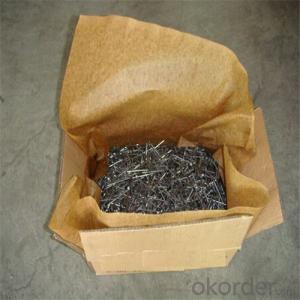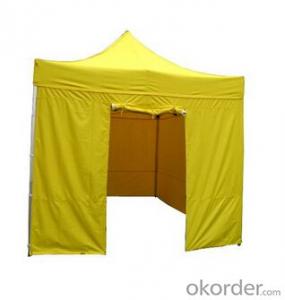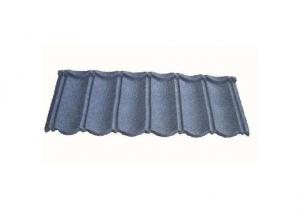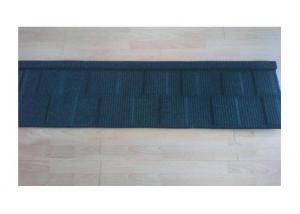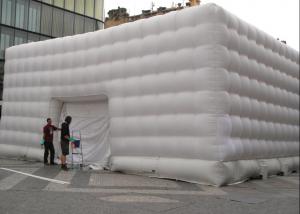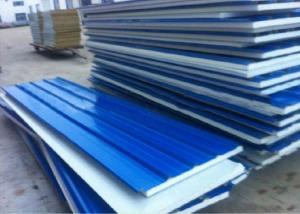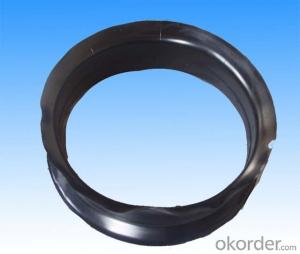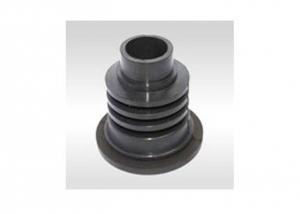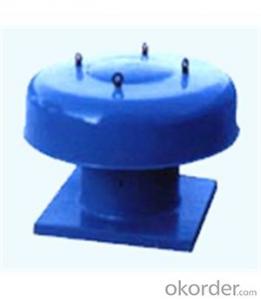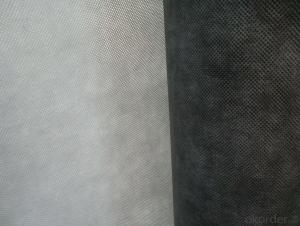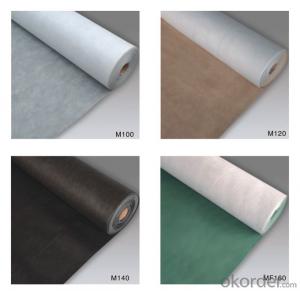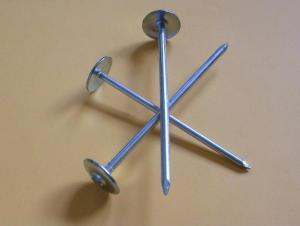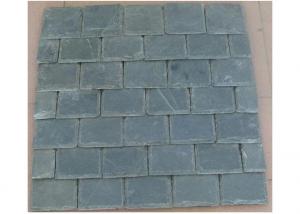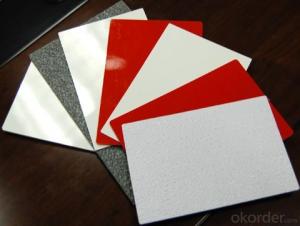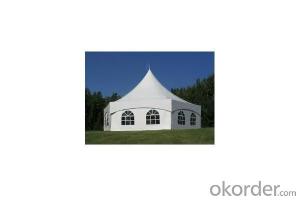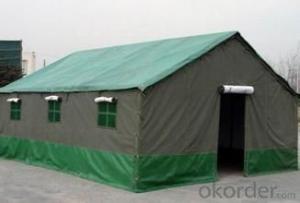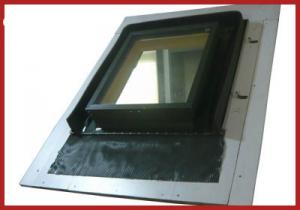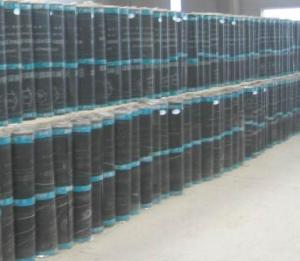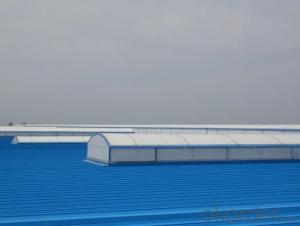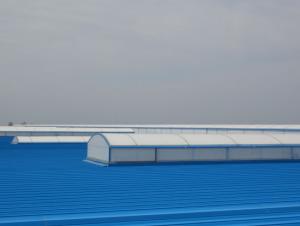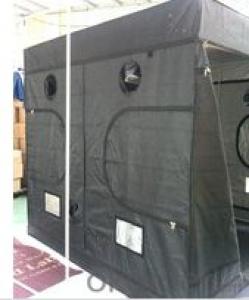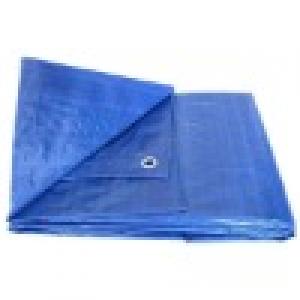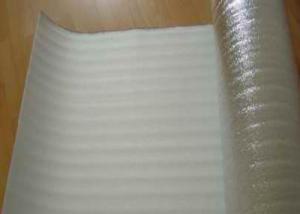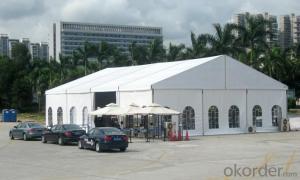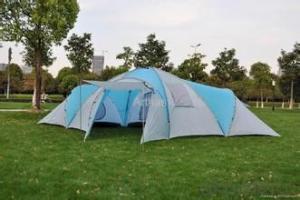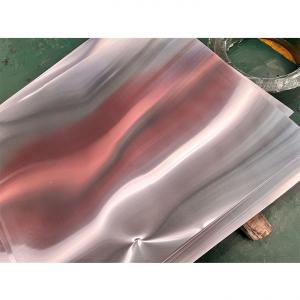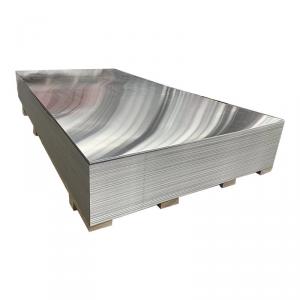Roof Tarp
Roof Tarp Related Searches
Roof Deck Roof Lagging Retractable Deck Roof Tar Paper For Roofing Sip Roof Resin Roof Frp Roof Roof Stone Van Roof Storage Tubes Roof Structure Cast Iron Roof Roof Tile Machine Roof Heating Cable Roofing Tar Prices Roof Rack For Cargo Van Interstate Roofing Roof Sealer Stone Roof Roof Window Shades House Roof Sheets Felt Paper Roofing Greenhouse Roof House Roof Felt Roof Cement Striped Tarpaulin Stone Roof Tiles Standing Seam Roof Transparent Roof Philippines Medal Roofing Waterproofing Felt RoofRoof Tarp Supplier & Manufacturer from China
Roof Tarp is a versatile product designed to provide temporary protection for various structures, including roofs, walls, and floors. Made from high-quality materials, these tarps are engineered to withstand harsh weather conditions and offer a durable, water-resistant barrier. They are commonly used in construction, agriculture, and emergency situations where a temporary cover is needed to protect against rain, wind, and other elements.Roof Tarp is widely used in various application scenarios, such as during construction projects where a temporary roof cover is required, in agriculture to protect crops from adverse weather conditions, and in emergency situations where a quick and effective cover is needed to safeguard property. These tarps can be easily installed and removed, making them a convenient solution for a range of temporary protection needs.
Okorder.com is a reputable wholesale supplier of Roof Tarp products, boasting a large inventory to cater to the diverse needs of customers. With a commitment to quality and customer satisfaction, Okorder.com ensures that the Roof Tarp products they offer are of the highest standard, providing reliable protection in a variety of situations.
Hot Products
